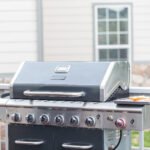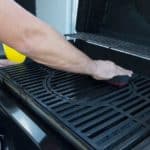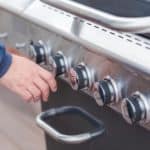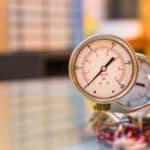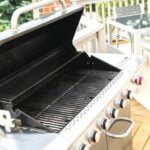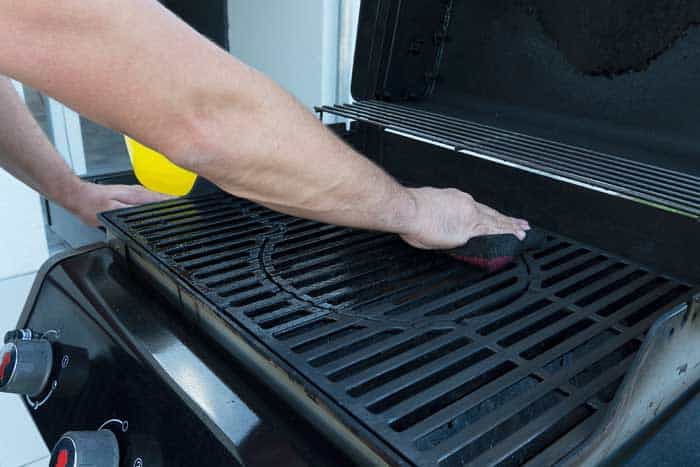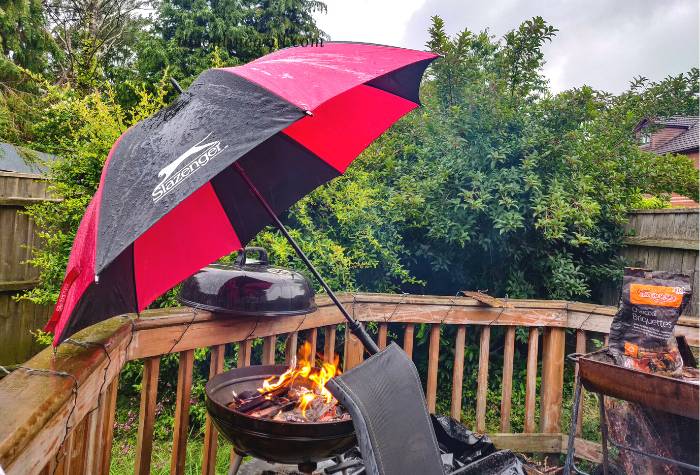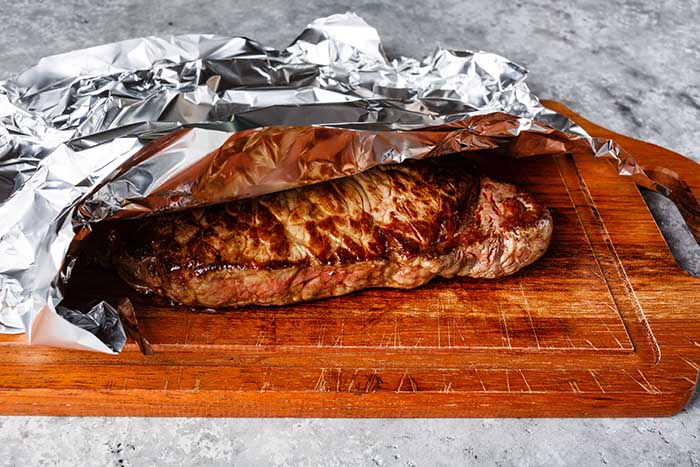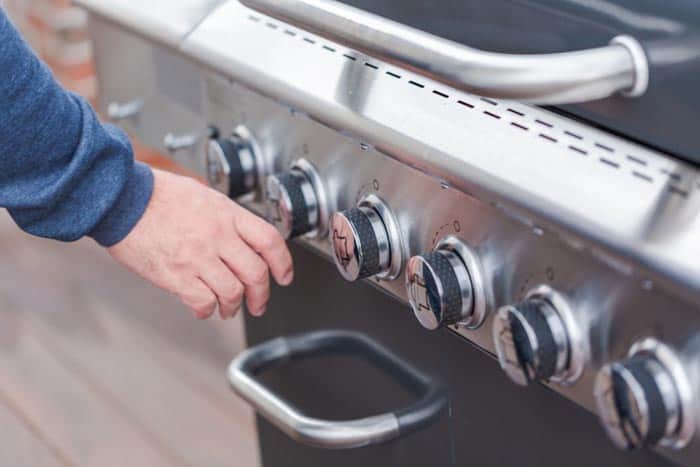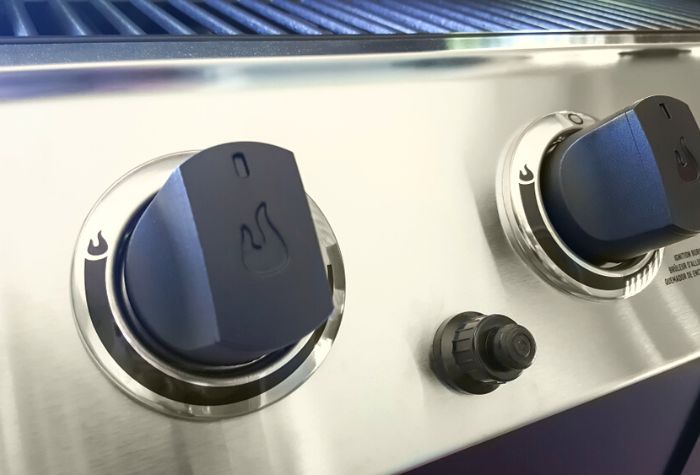Not sure where to begin with converting your propane grill to natural gas? In my guide today I lay out everything you need to know to make the change.
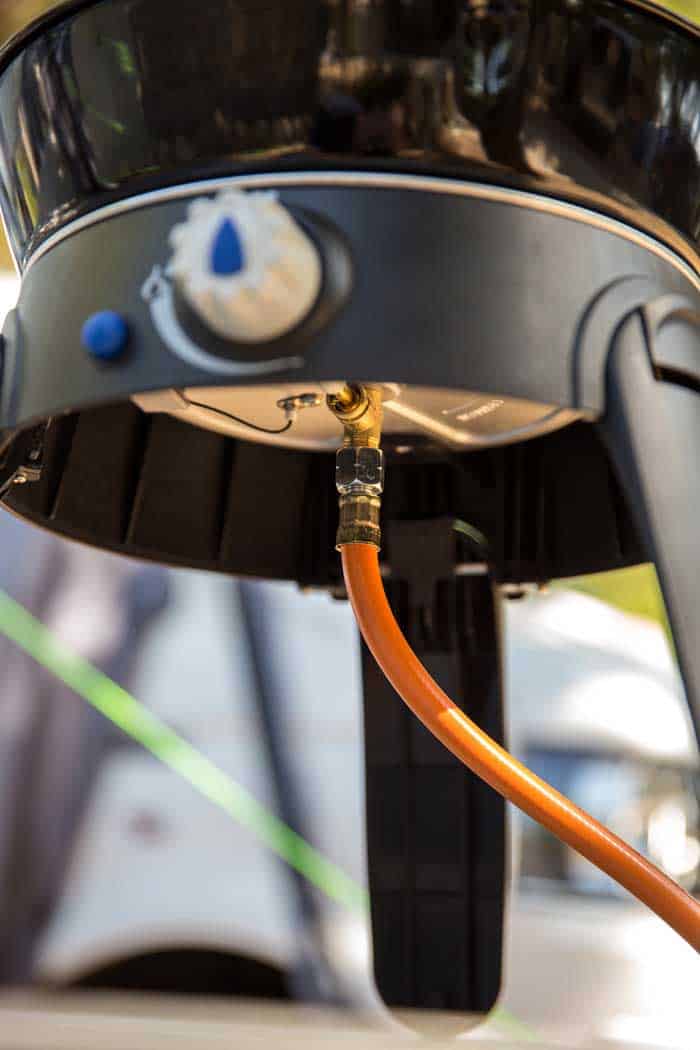
- Find out if it’s compatible
- Invest in a converter kit
- Speak to an expert
- Turn off your gas at the main and at the canister
- Remove grill parts
- Remove the control panel
- Reinsert tube burners
- Remove the LP regulator
- Why should you convert to natural gas?
- Can I convert my Weber to natural gas?
- What is valve orifice size?
You might have considered changing gas sources from propane to natural gas to help save on ongoing fuel costs, and to move to a more reliable means of fuelling your grill.
This can be daunting though, as you need to take into account potential issues like practicality and safety.
In most cases, it’s quite simple and straightforward to convert to natural gas, but there are a few things you need to consider before doing so.
Want to invest in a natural gas grill? Check out my natural gas grill reviews.
Before you begin, here are some important checks to make before attempting to convert your grill.
Find out if it’s compatible
Your first port of call should be to check if your grill can even run off natural gas. You can either do this by consulting your grill brand’s website or owners manual. Alternatively, search your grill for the dual fuel markings on your grill.
Invest in a converter kit
One of the best bits of kit that you can get to help you is a conversion kit. Be careful though, you will need a conversion kit that is compatible with your particular grill. Not all kits are the same, so you will need to get one that is recommended by the manufacturer of your grill.
Speak to an expert
It’s easy to think you exactly what to do, but it’s always worth getting in touch with an expert to ensure that you’re doing everything thoroughly and safely, particularly with the dangers that using natural gas can entail.
Speak to a local plumbing inspector to ensure that it’s legal for you to make the switch, or to run a flexible gas hose. If it’s not legal, they might instead suggest a permanent system, or present you with other workable alternatives.
If your grill is compatible and your local expert confirms that its safe and legal for you to make the switch, then you are ready to make the change.
Here’s how to convert your grill from propane to natural gas.
Turn off your gas at the main and at the canister
We’re changing two gas sources here, so before we do anything we need to turn off both before we proceed. It’s important to take strict safety precautions, and halting all gas flow is the best way to do this.
Firstly, switch off your natural gas at the main. Next, disconnect your propane bottle or canister, and store it away. As an added measure, open a valve to allow any residual gas from the manifold to escape, before then setting every valve to off. This should ensure that all gas has left the grill.
Remove grill parts
You’ll need to get into your grill when converting it, so we need to remove some of the clutter and obstacles in your way.
Remove your grill’s warming rack, main grill grates, and flame tamers. After this, remove the hitch pins that are fixing the burners to the brackets, and the carryover tube. The carryover tube (also called a crossover tube) is a connection between all the burners, which provides a channel for the gas to carry from one burner over to the next.
Remove the burners by disengaging the tube burner from the valves, and then sliding the burner out.
Find the orifice removal tool that comes with your conversion kit, an insert it into the firebox opening found in the grill burner area. Use the tool to unscrew the orifices from the end of the valves.
Pro tip: Don’t throw away these orifices. They will come in handy if you ever decide to convert your grill back to propane.
Once the orifices are removed, the valves are designed to work with natural gas. Do not replace them.
Remove the propane gas bezels from the control panel by unscrewing them. Replace the bezels with the natural gas versions provided in your kit. Make sure that it is properly aligned with the control knob before tightening. Press control knobs back into the valve stems.
Remove the control panel
This step will depend on your grill’s design. If your grill’s burners run into the control panel as per the image below then you will need to control panel to give you full access to your grill’s valve tubes in order to remove them for conversion.
If your grill’s valve tube and burner connection sits directly under the cooking grates then you will not need to remove the control panel, and can skip this step.
Remove the control panel on your grill. In the case of most propane grills, like the Weber Spirit, this can be lifted and removed quite easily. Removing this should expose the control valves. With the valves exposed, find the gas line that connects the manifold to the valves.
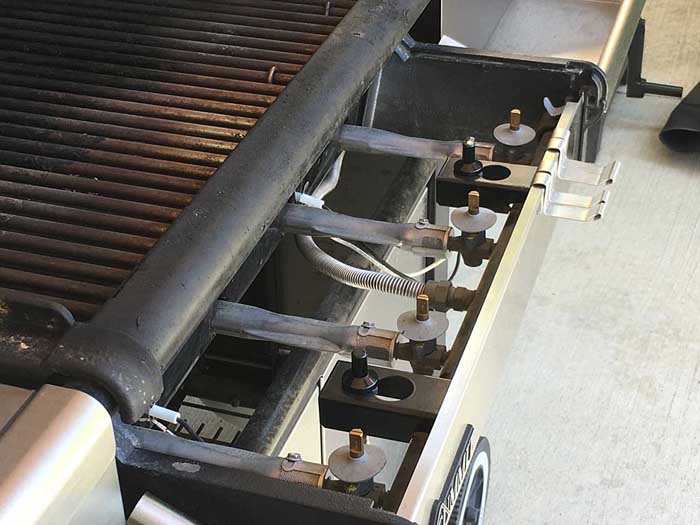
The tip of the control valve is inserted into the burner. The front of the burner is where the air adjustment acts like a carburetor mixing gas with oxygen as the valve sprays gas mixed with air into the Weber pipe burner.
We are going to need to slide the burner off the valve so we can access the orifice. In order to slide the burner off the control valve we have two options. However, the condition of the barbecue will usually choose one of these options for us. If not you are lucky but the build-up of grease and the breakdown of materials usually decides this for us.
Reinsert tube burners
Insert the tube burners back into the firebox burner holes, in line with the valves, and with the port hold facing upwards. Make sure that the tube burner engages the valves properly.
Secure the tubes to the bracket by using the hitch pins that you previously removed.
Also replace the carryover tubes, and secure with the hitch pins.
Remove the LP regulator
Using a wrench, remove the LP regulator hose assembly from the manifold connection. Save this part in case you want to convert back to propane.
Your LP regulator hose will be located in either the cart or under the side burner shelf.
If the manifold connection is located inside the cart, insert your converter kit’s natural gas hose through the back panel and into the cart. Guide the hose to the manifold connection.
If it’s in the side burner, you can also guide the hose through the panel and towards the connection in the side burner area of the grill.
Secure the natural gas hose to the connection securely using a wrench.
Why should you convert to natural gas?
Converting to natural gas ensures that you always have a constant supply of gas without the need to constantly be restocking on propane tanks and propane tank gauges.
This does present challenges in manoeuvrability however, as your grill be essentially fixed to the area immediately around your natural gas supply. So if you like to take your grill camping or tailgating then converting to natural gas won’t be a practical course of action.
However if you only only tend to grill at home and are keen to save money on propane costs, then converting to natural gas is certainly something to consider.
The most important tool you’ll need for converting your propane grill to natural gas is a conversion kit. This is essentially a hose with brass fittings on either ends which can connect your propane grill to your natural gas pipe. The fitting for your grill’s manifold will however be specific to your brand, so be sure to buy one that is compatible with your gas grill.
Install your chosen conversion kit in line with the kit’s owner’s manual.
Here are some examples of brand or model-specific conversion kits that should work with your grill:
Can I convert my Weber to natural gas?
The short answer is yes but tread with caution: Weber do recommend against doing it, and say that it will void your warranty should attempting it break your grill.
It’s also important to say that because this involves handling gas supplies, this can be dangerous and you should only do it if you know what you’re doing.
Here’s the official word from Weber:
“Due to safety considerations, the complexity of the technology and gas train components, as well as the level of disassembly required, we don’t allow conversions or provide conversion kits. Converting a grill will actually void the warranty on the unit and might create an unsafe situation.”
What is valve orifice size?
Another consideration is the orifice size of your valve. This is the small hole in the center of the valve, is measured by the drill bit that’s been used to make it. Most of the time you’ll see the size of the orifice marked on the valve.
Sometimes confusingly, drill numbers and hole size work inversely. This means that the large the drill bit size, the small the hole.
All of this combines to create BTU output, which is determined by gas pressure, gas volume, and the orifice size. This means that the same fixed natural gas pressure, but supplied through different orifice sizes, will contribute different BTU measurements.
Don’t ever make these drill holes yourself. Simply, use the numbers as guides when trying to pick the conversion kit that you need.
